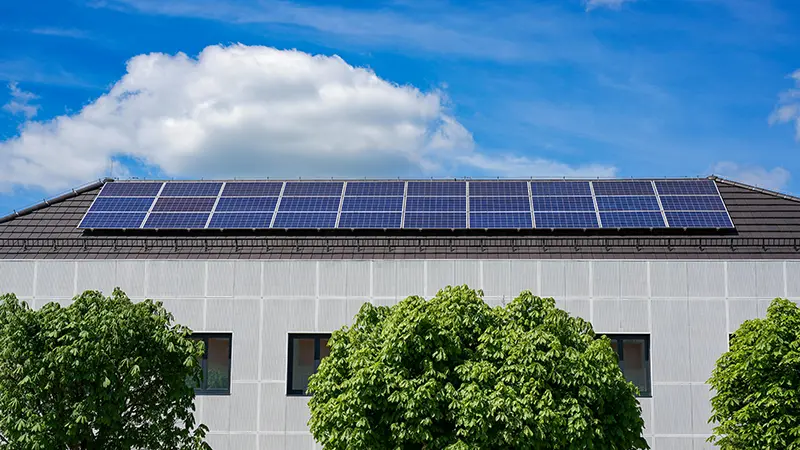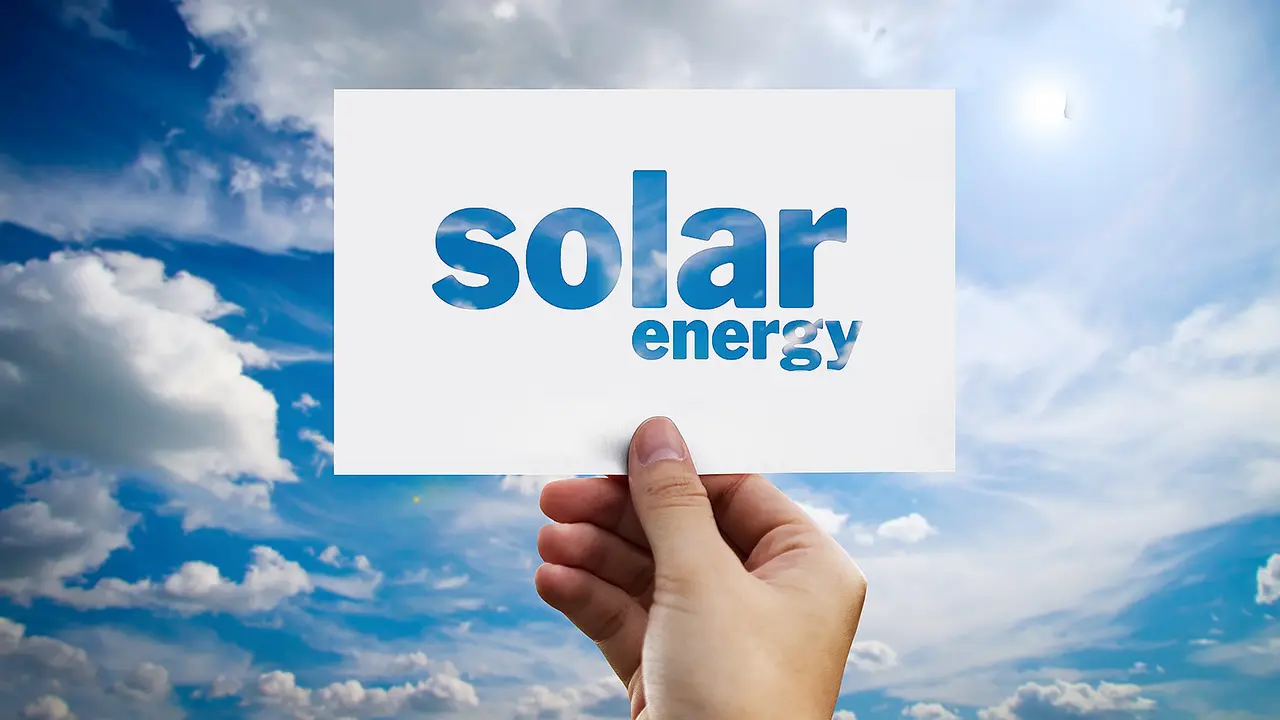Are you considering investing in rooftop solar panels on your property?
Wondering how to make your investment pay off? Reduce your energy bills? Worried that solar feed-in tariffs will disappear?
You’ve heard about Solar Feed-In Tariffs, but what are they, how do they work and what are the benefits?
In Queensland, on the way to maximising your savings you’ll have to satisfy some eligibility requirements, and there’s an application process… even to install solar panels. But in the end, you’ll see there is definitely a case to invest in solar because of the potentially large solar savings you’ll make. I hope this article tells you everything you need to know and how to maximise your dollar spend, for a great return on investment. You may be happy just to feel more energy independent and less reliant on the grid, so it’s great to know that installing a solar system means more than free energy.
What are Solar Feed-In Tariffs?
A Solar Feed-In Tariff (FiT) is a program available through your electricity retailer. It’s an electricity plan that allows you, as either homeowner or business owner with a rooftop solar system to sell surplus solar energy generated by your solar system back to the grid. It’s calculated per kWh (kilowatt hour), and provides a financial return for the clean energy produced by your solar panels (also known as photovoltaic panels) and measured by a solar meter.
How Does It Work?
The way a Solar FiT works is relatively straightforward. It naturally starts with you installing solar and commissioning your system! Your solar panels generate solar energy, (which minimises the use of electricity from the grid) and any surplus energy that isn’t immediately used for household energy consumption is fed back into the grid.
Or… you can store this surplus energy in a solar battery for later use, such as during nighttime or cloudy days when solar energy production is reduced (or isn’t possible!) or when you need to turn on your air conditioning system. By storing excess energy, as a homeowner you can reduce your reliance on the grid during peak periods. It’s a fantastic way to offset your energy costs. With time-of-use pricing, you can make significant savings on your electricity bills by feeding energy back into the grid during high-demand hours.
The overall efficiency of this process lies in the ability to manage energy consumption effectively, ensuring that renewable energy sources are maximized while minimizing reliance on traditional power grids. By optimizing energy usage and leveraging stored solar energy, homeowners can contribute to a more sustainable energy system and see tangible benefits in reduced energy expenses.
What Are the Benefits of Solar Feed In Tariffs?
The benefits of a Solar Tariff include financial returns from selling surplus energy, promoting clean energy, and achieving greater energy independence while reducing carbon emissions.
One of the key advantages of implementing a Solar Feed-In Tariff is the boost it provides to the financial return on your solar investments. By allowing homeowners and businesses to sell excess electricity (beyond your energy needs) back to the grid at a favorable rate, it incentivizes the uptake of solar power systems, making them more economically viable.
Embracing this tariff scheme plays a crucial role in fostering a sustainable future. By encouraging the generation of clean, renewable energy, it contributes to reducing reliance on fossil fuels and mitigating the environmental impact of traditional energy sources. Who doesn’t want to live in a world with less pollution!?
With the increasing focus on combating climate change, promoting renewable energy sources like solar power through a Feed-In Tariff is a significant step in the direction of reducing carbon emissions (eg burning less stuff). This not only helps in meeting sustainability goals but also enhances energy independence by diversifying the energy mix.

How to Qualify for a Solar Feed-In Tariff
Qualifying for a Solar Tariff or buy-back rate, typically involves having a compliant solar PV system with professionally installed rooftop panels, and in some cases, taking advantage of government rebates and incentives like Small-scale Technology Certificates (STCs).
What Are the Eligibility Requirements?
Solar Feed-In Tariff eligibility requirements can vary, but generally include having a certified solar electricity system, high solar panel efficiency, and sometimes participation in a Virtual Power Plant (VPP) program.
The system must be certified by relevant authorities to ensure compliance with safety and quality standards. Having photovoltaic panels with high-efficiency ratings is crucial for maximizing energy generation and output.
Some Feed-In Tariff schemes may require participation in a Virtual Power Plant (VPP) program, where solar energy is aggregated with other renewable sources to enhance grid stability and reliability.
How to Apply for Solar Feed-In Tariffs?
To apply for a Solar Feed In Tariff, you will need to provide details about your solar meter, solar electricity system, and complete the necessary application forms with your energy provider.
Once the application forms are filled out, the next step involves submitting them along with required documentation such as proof of ownership of the solar panel system, a copy of the latest electricity bill, and any relevant permits or certificates.
Homeowners need to understand the different solar tariff options available, including net metering, gross metering, and hybrid schemes. Each option has its own set of benefits and considerations, so it’s advisable to research and compare them before you make a decision.
Upon approval of the application, as the homeowner, you become an energy producer who feeds surplus energy back to the grid. This new role comes with responsibilities such as ensuring the proper maintenance and monitoring of the solar system to maximize energy production and efficiency.
Understanding Solar Feed-In Tariffs
Understanding Solar Feed-In Tariff rates is crucial for maximizing the financial benefits of your solar electricity system, as these rates determine how much you will be paid for the surplus energy you feed back into the grid, and they can vary depending on whether you have a single rate FiT, time of use FiT, or other tariff structures such as retail tariff and consumption tariff.
What Factors Affect the Energy Buy-Back Rate?
Several factors can affect the rate of your Solar Feed-in Tariffs, including the amount of solar generation from your panels, the type of solar tariff you are on, and the demand for energy during peak periods.
Adjusting the angle of your panels or ensuring they are free from shading can optimize solar generation levels, ultimately influencing your feed in tariff. Being an energy producer means you have the power to manage your consumption habits strategically. You can align habits with periods of peak demand to potentially earn higher rates. When you understand the dynamics of energy supply and demand you can maximize the benefits of your solar system with respect to usage and tariff rates.

How Much Can You Save with Solar Feed-In Tariffs?
With a Solar Feed-In Tariff, you can save significantly on your energy costs by selling surplus solar power back to the grid, which not only provides a financial return but also supports the generation of clean energy.
Homeowners and businesses who participate in an energy buy-back tariff program, typically see a reduction in electricity bills by offsetting their usage with solar-generated power. These savings add up substantially over time, especially as energy prices continue to rise. The additional income earned from selling surplus solar energy can further boost your financial returns, making the investment in solar panels even more appealing.
Don’t forget the invaluable environmental benefits of producing clean energy. By utilizing the strength of the sun, you are reducing your carbon footprint and contributing to a more sustainable future. It feels fantastic to have this dual advantage of financial savings and eco-friendliness by adopting renewable energy sources like solar power.
Maximizing Your Solar Feed-In Tariff Savings
Maximizing your Solar Feed In Tariff savings involves optimizing the performance of your solar panels and solar battery storage, as well as monitoring your usage and timing your consumption to align with peak energy generation periods.
How to Optimize Your Solar Panel and Battery System?
Optimizing your solar panel and battery system includes choosing good quality panels and inverters, to start with. Our advice is always to start with the best equipment you can afford. What you are aiming for is high efficiency of the panels and effectively managing your solar battery to achieve greater energy independence and reduce overall energy costs.
One effective strategy to enhance solar panel efficiency is to regularly clean the panels to remove any dirt or debris that may be obstructing sunlight absorption. How often you need to clean them is on a case-by-case basis. Keep an eye on debris, mould, dust, bird poop etc.
Ensuring proper installation and alignment of the panels to maximize sunlight exposure can significantly improve efficiency levels.
Regular maintenance of your system also ensures optimal performance over time. Monitor your system for signs of wear and tear. Perhaps get your installer to come and check it annually, that way you can promptly address any issues that arise. When you schedule periodic professional inspections your installer can identify and rectify potential problems.
Be mindful of your solar battery use to maximize the return on your investment. Firstly you will need to invest in energy storage solutions that are compatible with your chosen or current system. Them you use surplus energy during peak sunlight hours to store that energy so you can use it during periods of low sunlight or high energy demand.
What Are the Best Practices for Using Solar Energy?
The best practices for using solar energy involve optimizing energy consumption to maximize the use of clean energy and managing surplus energy efficiently during time-of-use and peak periods.
To make the most of solar energy, you’ll want to be mindful to try and schedule high-energy activities, such as running appliances or charging electronic devices, during peak solar generation times when the panels are producing the most energy. This way, you can directly use the electricity generated, and you’ll reduce your dependence on non-renewable sources.
And installing a battery is another effective strategy as you can store surplus energy for later use. This involves utilizing battery storage systems that capture excess energy produced during sunny periods for use when sunlight is scarce. By doing so, households and businesses can significantly reduce your reliance on the grid during peak times, cut down on energy costs and contribute to a greener environment.
So, are Solar Feed-In Tariffs Worth It?
A Solar Feed-In Tariff can be a highly rewarding aspect of your solar investment. It can offer you valuable returns on solar electricity fed back to the grid and contribute to the broader adoption of renewable energy sources for a sustainable future. The payback can make your whole investment worthwhile! You get to optimise your energy use with the right solar feed-in tariff scheme by choosing an energy provider with the best suited plan. Some can help you save even more money with special rates if you use solar power to power an EV or electric car.
Turn your rooftop into a mini power station!!! Then you can participate in a Solar Feed-In Tariff program, and receive payments for the extra energy your solar panels generate and export to the grid. It’s a really great way to not only offset electricity costs but also incentivize the shift towards clean energy production from sources like solar power.
No related posts.



